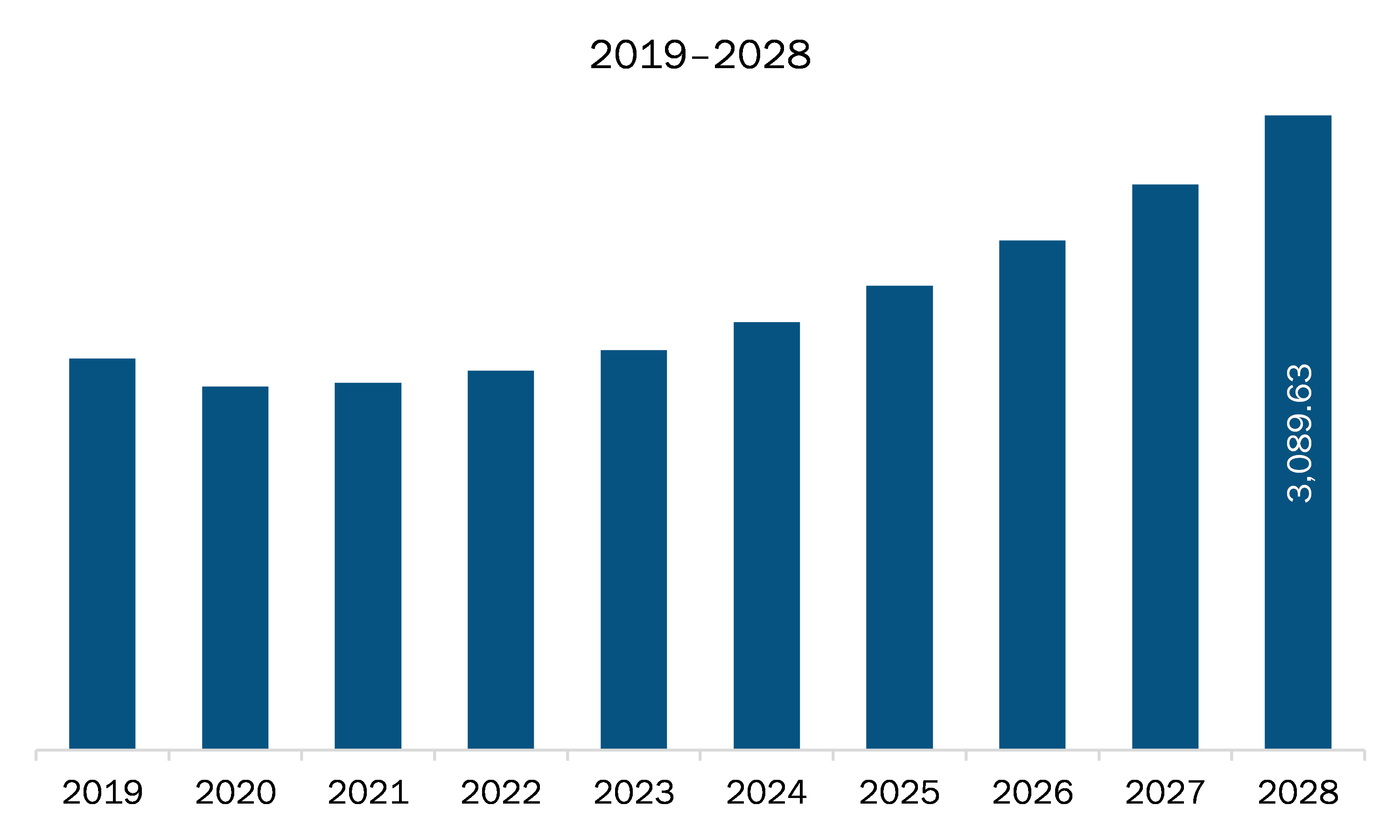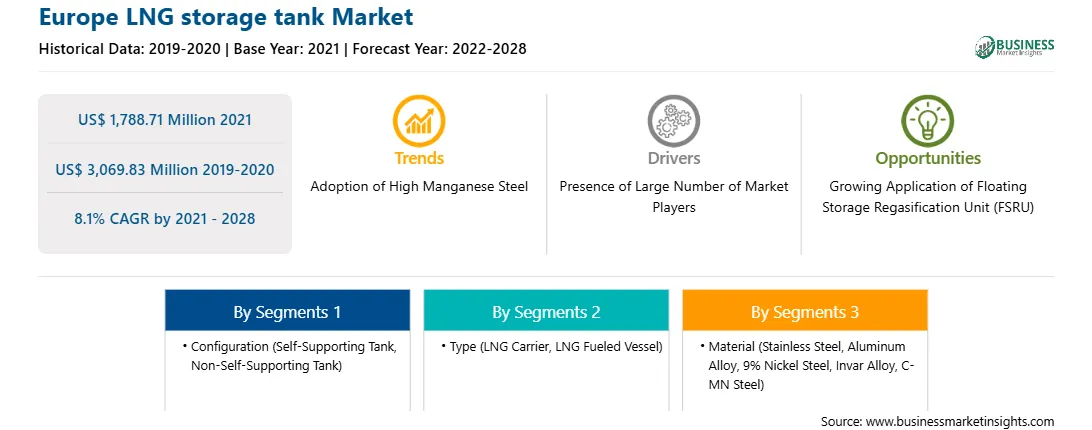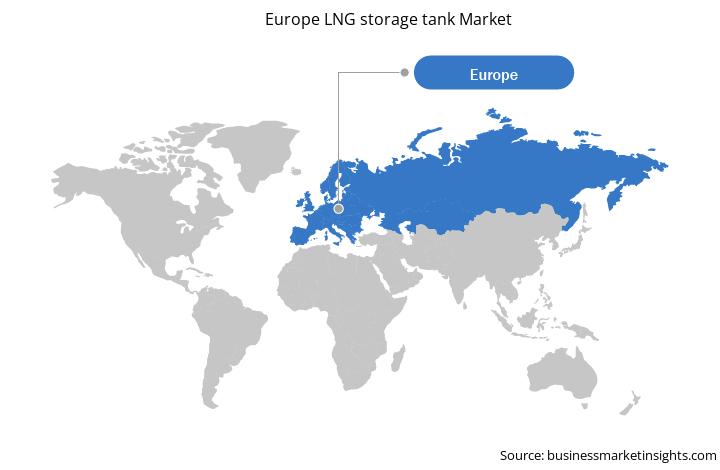Europe is importing near-record amounts of liquefied natural gas as the relentless heat drives up cooling demand and depletes the water supply for hydropower generating. There are 22 large-scale LNG import terminals being studied or proposed in Europe, all of which would be situated within the EU, except for the proposed terminals in Ukraine and Russia. Many of the planned import ports are in nations that already have the capability for regasification. All of Europe's existing LNG import terminals were built as standard import terminals, with LNG being regasified and fed into the national gas distribution system. Further, owing to oversupply and low margins, several of Europe's LNG import terminals have sought to establish new demand opportunities by establishing new services at existing LNG import facilities. Many European import terminals have changed or are planning to upgrade their infrastructure to provide new services to customers, enhancing LNG's flexibility. As a result of the rising LNG industry, LNG storage tanker manufacturers are concentrating on developing advanced LNG storage tankers to meet demand. For example, Salzburger Aluminum Group offers a wide range of tailored gasoline tanks made of aluminum and stainless steel.
The impact of COVID-19 differed from country to country across the European region as selected countries witnessed an increase in the number of recorded cases and subsequently attracted strict as well as longer lockdown periods or social isolation. In Europe, several countries are expected to suffer an economic hit with a decline in business activities across the oil & gas sector due to lowering oil prices in the 2020. Many of these member states have implemented drastic measures on imports & exports, and LNG trade by partially closing their borders impacting the demand for energy in various industry verticals. This is anticipated to impact the growth of the LNG storage tanks market in Europe. The impact of COVID-19 resulted in disruption of business in many manufacturing industry verticals and subsequently the demand for LNG cargoes. Businesses in the region faced severe economic difficulties as they had either asked to suspend their operations or substantially reduce the activities. The lockdown is expected to negatively impact the LNG storage tanks market in Europe due to disruption in oil & gas sector across selected countries. However, several countries begin to reopen industry vertical and subsequently drive the demand to resume the manufacturing activities of LNG storage tanks to support the growth. Thus, the market is projected to recover steadily over the coming period and gain traction for LNG storage tanks during the forecast period.

Strategic insights for the Europe LNG storage tank provides data-driven analysis of the industry landscape, including current trends, key players, and regional nuances. These insights offer actionable recommendations, enabling readers to differentiate themselves from competitors by identifying untapped segments or developing unique value propositions. Leveraging data analytics, these insights help industry players anticipate the market shifts, whether investors, manufacturers, or other stakeholders. A future-oriented perspective is essential, helping stakeholders anticipate market shifts and position themselves for long-term success in this dynamic region. Ultimately, effective strategic insights empower readers to make informed decisions that drive profitability and achieve their business objectives within the market.

| Report Attribute | Details |
|---|---|
| Market size in 2021 | US$ 1,788.71 Million |
| Market Size by 2028 | US$ 3,069.83 Million |
| Global CAGR (2021 - 2028) | 8.1% |
| Historical Data | 2019-2020 |
| Forecast period | 2022-2028 |
| Segments Covered |
By Configuration
|
| Regions and Countries Covered | Europe
|
| Market leaders and key company profiles |
The geographic scope of the Europe LNG storage tank refers to the specific areas in which a business operates and competes. Understanding local distinctions, such as diverse consumer preferences (e.g., demand for specific plug types or battery backup durations), varying economic conditions, and regulatory environments, is crucial for tailoring strategies to specific markets. Businesses can expand their reach by identifying underserved areas or adapting their offerings to meet local demands. A clear market focus allows for more effective resource allocation, targeted marketing campaigns, and better positioning against local competitors, ultimately driving growth in those targeted areas.

The LNG storage tank market in Europe is expected to grow from US$ 1,788.71 million in 2021 to US$ 3,069.83 million by 2028; it is estimated to grow at a CAGR of 8.1% from 2021 to 2028. Initially, the insulation was employed using polystyrene panels attached to the outer surface of the pressure vessel. For the transportation of diversified liquid hydrocarbons, the standard storage system is maintained at low temperatures in the IGC Code Type-C austenitic steel pressure vessels. However, manufacturers take it as a misconception that insulation is sensitive, fragile, and cannot be used without a steel canopy used for weather protection. The insulation material procured by the manufacturers is to cover an outer fire-resistant cladding, that generates a hard outer surface. At present, the LNG storage tanks manufacturers are procuring high manganese steel, which is considered a new type of steel i.e., fabricated by adding 3%–27% of manganese to steel. The high manganese steel does not break at an extremely low temperature, which is as low as -196°C. The high manganese steel is much cheaper compared to conventional steel and help reduce the material and welding cost. Thus, the growing trend of adoption of high manganese steel for the manufacturing of LNG storage tanks is supporting the market growth.
The Europe LNG storage tank market is segmented on the bases of configuration, type, material, and country. Based on configuration the Europe LNG storage tank market is segmented into self-supporting tank and non-self-supporting tank. The self-supporting tank segment is the most used configuration in the LNG storage tanks market in 2020. Based on type, the market is segmented into LNG carrier, and LNG fuelled vessel. LNG carrier segment held the largest market share in 2020. Similarly, based on materials, the market is segmented into stainless steel, aluminum alloy, 9% nickel steel, invar alloy, C-MN steel, others. Stainless steel segment held the largest market share in 2020. Based on country the Europe LNG storage tank market is segmented Into France, Germany, Italy, UK, and Russia.
A few major primary and secondary sources referred to for preparing this report on the LNG storage tank market in Europe are company websites, annual reports, financial reports, national government documents, and statistical database, among others. Major companies listed in the report are Air Water Inc.; Chart Industries, Inc.; CIMC Enric Holding Ltd.; Cryolor; IHI Corporation; India Inox Pvt. Ltd.; ISISAN AS; Linde Plc; McDermott International, Inc and Wartsila Corporation.
The Europe LNG storage tank Market is valued at US$ 1,788.71 Million in 2021, it is projected to reach US$ 3,069.83 Million by 2028.
As per our report Europe LNG storage tank Market, the market size is valued at US$ 1,788.71 Million in 2021, projecting it to reach US$ 3,069.83 Million by 2028. This translates to a CAGR of approximately 8.1% during the forecast period.
The Europe LNG storage tank Market report typically cover these key segments-
The historic period, base year, and forecast period can vary slightly depending on the specific market research report. However, for the Europe LNG storage tank Market report:
The Europe LNG storage tank Market is populated by several key players, each contributing to its growth and innovation. Some of the major players include:
The Europe LNG storage tank Market report is valuable for diverse stakeholders, including:
Essentially, anyone involved in or considering involvement in the Europe LNG storage tank Market value chain can benefit from the information contained in a comprehensive market report.